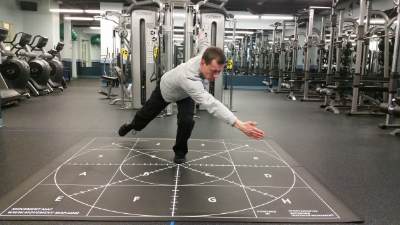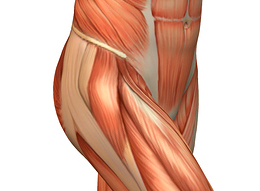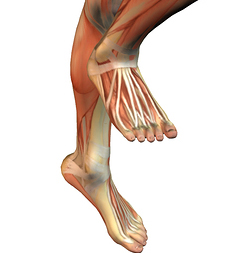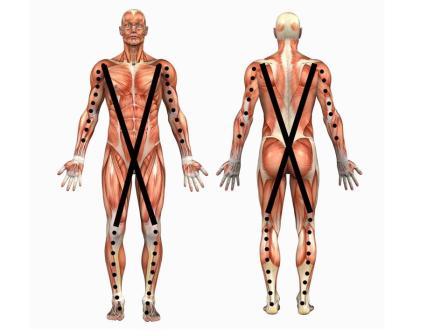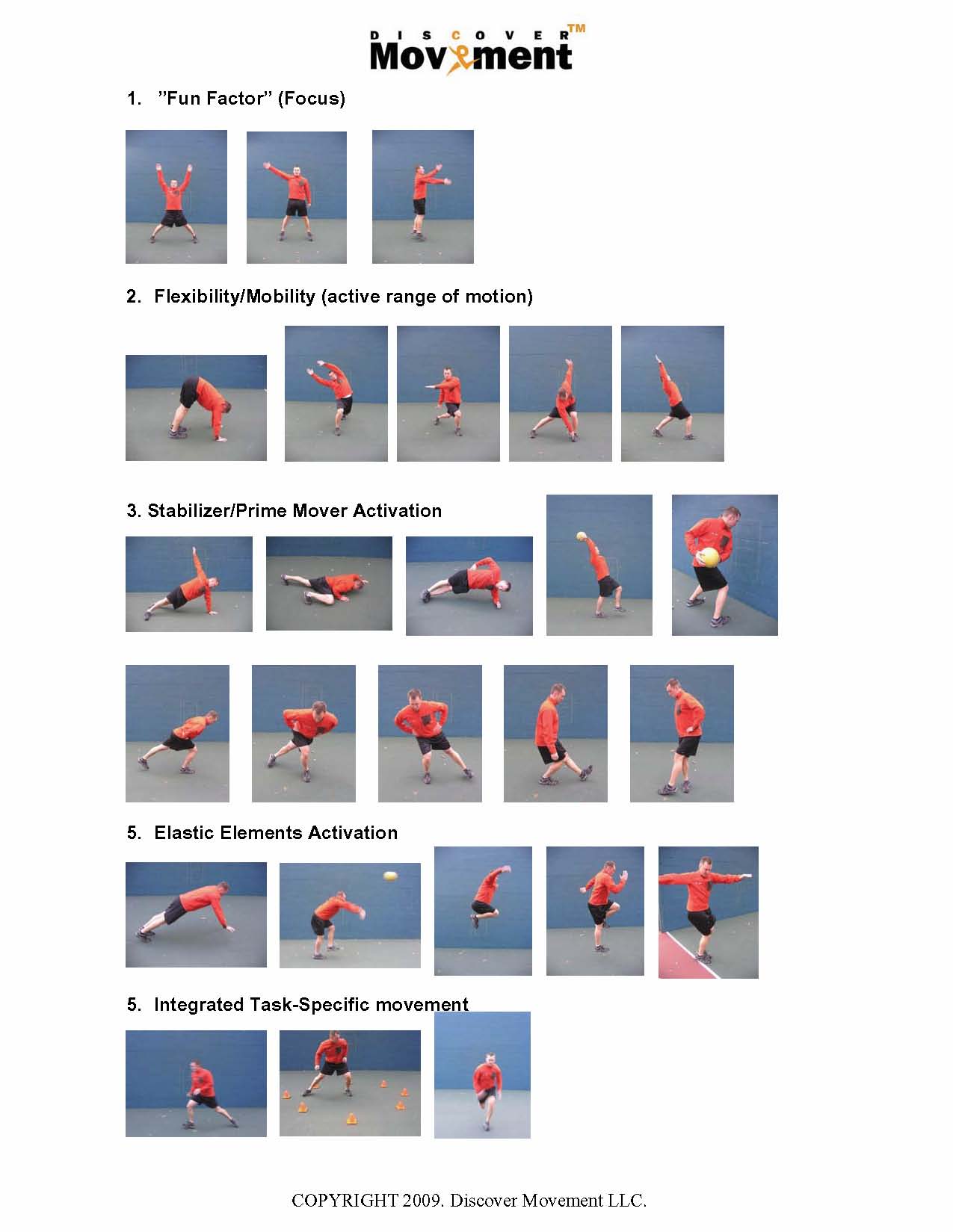Coach Esa and Xiao Ruoteng, 2017 All-around World Champion
We would like to introduce you to our Discover Movement Coach Esa Zhang, who is working with some of the best gymnasts in the world, in China. His role with the elite Chinese gymnasts involves both physical preparation as well as injury prevention and rehabilitation. This blog is a short snapshot of Coach Esa’s coaching philosophy and the training environment he operates in.
Coach Zhang has extensive background in various strength and conditioning methods and body work techniques. He is originally from Finland but moved to China with his wife and children in 2013. After moving to China, he has had unique opportunities to coach elite athletes and teams including the China Women’s National Basketball Team.
368 – Training System
Coach Zhang applies Discover Movement’s 368-Training System with his gymnasts as the foundation for improving performance. He analyzes and develops the physical characteristics of his athletes in a way that takes all three planes of motion in consideration. Coach Zhang builds a comprehensive profile of each athlete from head to toes looking at all the anatomical stations of the body as well as the movement chains that tie the stations together in an integrated and functional way. But he also adds to the system his knowledge, experience and tools, such as soft tissue work, injury rehabilitation and various methods of movement training.
The systematic approach allows Coach Zhang to operate from basic foundational concepts related to human body and to apply them in on an individual level. It also reminds him to always consider the big picture when it would be tempting to train or treat just a body part instead of the whole athlete.
Athlete availability
Coach Esa helping Xiao Ruoteng w/recovery
As many have noted, maybe the most important ability and athlete can have, is availability – availability to train and compete. Pain and injuries keep an athlete from being available and getting better. For any gymnast to achieve their potential and success, he must be able to consistently train and improve. For an elite gymnast, the quantity of training is extremely high and the possibility of doing too much is always a real risk. How much can you practice and not break? We know, that in order to have long-term improvement the athlete needs to recover from training and to avoid acute stress and load from becoming an injury or a chronic state of unavailability. The strategies that Coach Zhang has successfully used to help athletes stay healthy are, to name a few, variety in movement training, monitoring recovery and tissue health through manual therapies.
Analyzing gymnastics
For any approach to be successful it needs to be targeted based on the individual and the activity itself. Sometimes the training strategies are chosen to enhance a movement, for example, through biomechanical specificity, in which case the training might directly aim to influence sport performance. Other times, and often with gymnasts, the complimentary training in addition to the sport practice is designed to de-load the gymnastics and provide the body with different movements and variety, that could be called ‘active recovery’ or ‘reverse exercise’. Because any movement repeated over and over can eventually affect general health and athleticism negatively, Coach Zhang likes to provide his athletes exercises that ‘break the mold’ of gymnastic movements. This is an indirect way to improve sport performance while directly influencing the athlete health and recovery.
Zou Jingyuan practicing the ring routine
Training and coaching environment
Coach Esa and Zou Jingyuan training
The most important training tools for Coach Esa are found anywhere as he likes to utilize open space and athlete’s own bodies in order to take advantage of Gravity, Mass and Momentum and ground reaction forces. His knowledge of the human body in functional motion is the secret weapon when programming the training. What it comes to equipment, Coach Esa prefers to use free weights, pulleys, bands, kettle bells and medicine balls to name a few.
The training and coaching mostly takes place in the training center in Beijing. Many of the Olympic sports are represented there and the teams prepare for the next big competition, many of them already turning their focus slowly, but surely towards Tokyo 2020 Summer Olympics.
Coach Esa & Tang Xiting
Coach Esa has a great view of the preparation of some of the best athletes in the world. He steps on this stage every day with humility and true concern for his athletes’ well-being and success. We are proud to have him in the Discover Movement team and pray for wisdom and favor in his work now and for years to come.

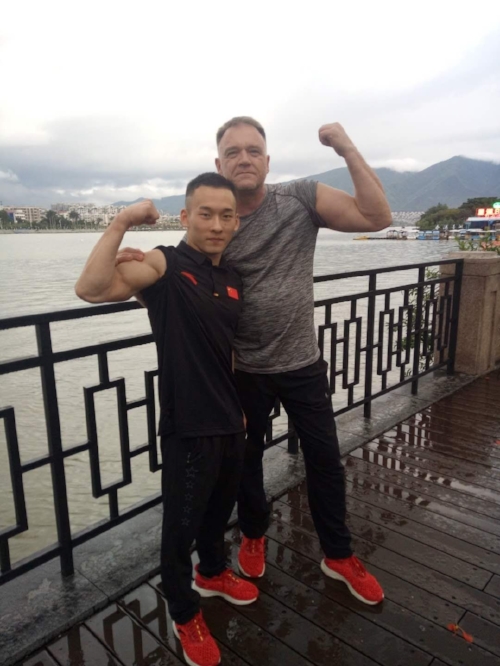
![368functional-fundamentals[1].gif](https://images.squarespace-cdn.com/content/v1/53446c7ae4b06157f446a946/1529686233154-MBGGISE3S716YPQEZBJW/368functional-fundamentals%5B1%5D.gif)









